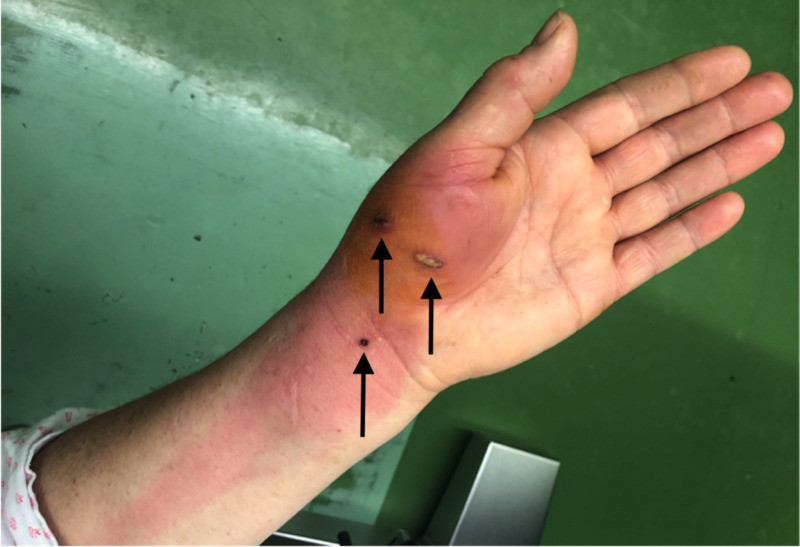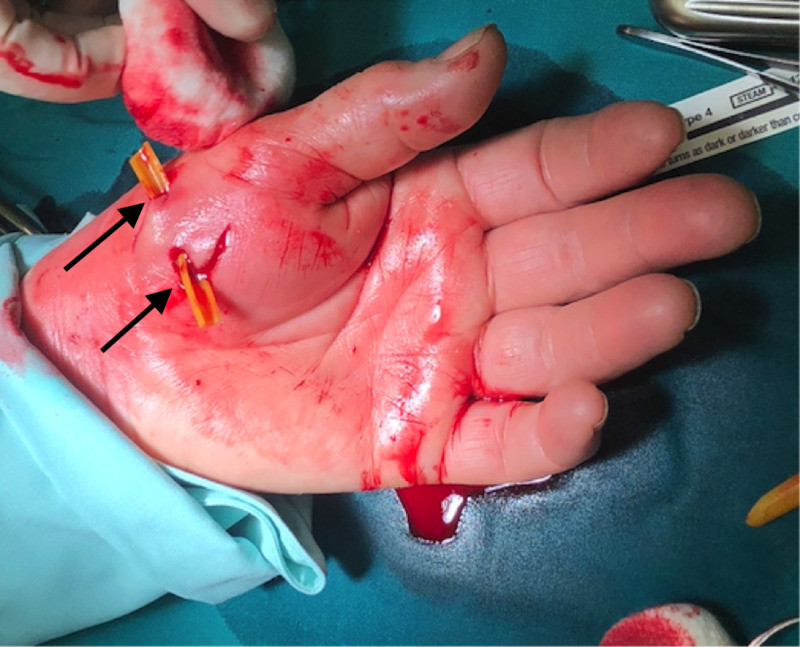Cat bites, often underestimated due to their seemingly minor punctures, can lead to surprisingly swift infections. While dogs are responsible for more bite incidents overall, cats are the culprits behind a significant majority of bite-related infections. This is due to their sharp, needle-like teeth that can penetrate deeply, introducing bacteria into tissues, joints, and even bones. Understanding how quickly infection can set in after a cat bite is crucial for prompt and effective treatment.
The Rapid Onset of Cat Bite Infections
Typically, infections from cat bites can manifest quite rapidly. In fact, clinical infection after a cat bite often sets in within 24 hours of the initial injury for about 70% of patients. By 48 hours, this number climbs to almost 90%. This quick onset is a key characteristic of cat bite infections and highlights the need for vigilance and timely medical attention.
The early signs of infection to watch out for include:
- Redness (erythema): The skin around the bite becomes visibly red and inflamed.
- Swelling (edema): The area around the bite starts to puff up and become swollen.
- Intense Pain: Pain at the bite site increases significantly and can be throbbing or persistent.
- Warmth: The skin around the bite may feel warmer to the touch than surrounding areas.
In some cases, a red streak extending from the bite site may appear, indicating lymphangitis – an infection of the lymphatic vessels. This was observed in a case where a patient developed lymphangitis just one day after a cat bite, accompanied by fever and malaise.
Factors Influencing Infection Speed and Severity
While infection can set in quickly for most, the speed and severity can be influenced by several factors:
- Depth and Location of the Bite: Deeper puncture wounds are more prone to infection as they introduce bacteria further into the tissues and create an environment with less oxygen, which some bacteria thrive in. Bites to the hands and wrists are particularly vulnerable due to the dense network of tendons, joints, and nerves in these areas.
- Individual Health Factors: Certain pre-existing conditions increase the risk and severity of infection. These include:
- Diabetes mellitus: Impaired immune function in diabetics makes them more susceptible to infections.
- Immunocompromised conditions: Conditions or medications that weaken the immune system increase infection risk.
- Older Age: Older individuals may have a less robust immune response.
- Smoking: Smoking can impair wound healing and increase infection risk.
- Delay in Treatment: Seeking medical attention late or attempting self-treatment can allow the infection to progress and worsen.
Common Bacteria in Cat Bite Infections
Cat mouths harbor a variety of bacteria, many of which can cause infection in bite wounds. The most common culprits include:
- Pasteurella species: These are frequently found in cat saliva and are a primary cause of cat bite infections.
- Streptococci and Staphylococci: Common skin bacteria that can also be introduced into the wound.
- Bartonella henselae: Cats are the main reservoir for this bacteria, which causes Cat Scratch Disease. While typically associated with scratches, bites can also transmit Bartonella henselae.
In the reported case, although wound cultures remained sterile, serological tests were positive for Bartonella henselae, highlighting that specific tests may be needed to identify less common but relevant pathogens.
What to Do After a Cat Bite to Minimize Infection Risk
Prompt action after a cat bite is essential to reduce the risk of infection:
- Wash the Wound Immediately: Thoroughly wash the bite wound with soap and water for several minutes.
- Control Bleeding: Apply pressure to the wound with a clean cloth to stop any bleeding.
- Seek Medical Attention: It’s crucial to consult a doctor, especially if:
- The bite is deep or puncture wounds.
- There is excessive bleeding or pain.
- Signs of infection appear (redness, swelling, pain, warmth, pus).
- You have underlying health conditions like diabetes or a weakened immune system.
- You are unsure about your tetanus vaccination status.
Medical treatment for cat bites may include:
- Antibiotics: Oral antibiotics, often amoxicillin/clavulanic acid, are typically prescribed to combat bacterial infection. Alternatives are available for those with penicillin allergies.
- Wound Debridement and Irrigation: For more severe infections, surgical cleaning (debridement) and irrigation of the wound may be necessary to remove infected tissue and bacteria.
- Tetanus Booster: Depending on your vaccination history, a tetanus booster shot might be recommended.
Conclusion
Cat bites, despite often appearing minor, carry a high risk of infection that can set in rapidly, often within the first 24 to 48 hours. Recognizing the early signs of infection and seeking prompt medical attention are crucial for preventing complications and ensuring effective treatment. Don’t underestimate a cat bite – timely care can make all the difference in preventing a minor incident from becoming a serious health issue.
Disclaimer: This article is for informational purposes only and does not constitute medical advice. Always consult with a qualified healthcare professional for diagnosis and treatment of any medical condition.


 Surgical debridement of infected cat bite wounds, a necessary treatment to clean and drain the infection.
Surgical debridement of infected cat bite wounds, a necessary treatment to clean and drain the infection.